From this unusually angled photo, this Corvette looks like any other C3 Corvette, but if you give it a closer inspection you’ll discover it is actually something special. The hood scoop gives it away slightly, but the 427 V8 and VIN mean that this is a rare L89 Vettes. If you don’t know your Corvette designations, it means that this is a very special Corvette. Only 390 of these were built in ’69 and it was basically a factory-built race car. There aren’t many of these left and this could very well be the only one in Australia! If you live down under or have been on the hunt for a real L89 take a look at this one here on eBay in Wahroonga, Australia. Thanks goes to Jim S for the tip!
In 1967 GM released two very special packages for the Vette, the L88 and the L89. The L88 was as close to a race spec Corvette you could get and the L89 was just one step down. GM executives had issued a company wide ban on the production of big block and factory race cars, so Zora Arkus-Duntov (the man behind the L88 and L89) had to get creative to get these cars produced. Both were special equipment option packages that made these cars incredibly potent. If you were going to drive your Corvette on the street, the L89 was the car to buy, unless you were crazy enough to try to tame the mighty L88!
The the one thing that made both these cars so amazing was the 427 cui big block V8 under the hood. Since the L89 was one step down on the performance ladder, the engine wasn’t quite as over the top, but was still impressive. The L89 427 was based on the standard 427 steel block, but with aluminum heads, a three carburetor configuration and an 11 to 1 compression ratio. While it was rated at just 435 hp, it was putting out considerably more power. The only engines offering more power were the L88 and its aluminum brother the ZL1, which were both good for well over 500 hp on high octane fuel. Speaking of octane, the L89 was the only one of the three capable of running on regular pump gas.
The special hood found on this Corvette might be covering one of the most impressive engines to come out of GM, but these cars wouldn’t be nearly as impressive if it wasn’t for the other options fitted to them. All the power in the world can’t guarantee a win, but after some lightening and a suspension upgrades, these cars were monsters at the track. Besides the engine, the major differences between the L88 and L89 were the standard features. The L88 came without a radio, no A/C, the heavy duty suspension and brakes. These options were also available on the L89 and thankfully this one has the J56 suspension and heavy duty brakes.
Now if you are wondering why I’m talking so much about the L88, when this car is clearly an L89, the answer is quite simple. The seller has a completely rebuilt L88 that they are including in the sale. The original L89 is long gone, but they have a 396 with L89 heads they are also throwing in, so with the J56 suspension and the L88 engine you could build your own L88 Vette at a fraction of the cost. It wouldn’t be worth as much, but it would be just as much fun and should lap the track just as fast!
These cars really are capable of dominating at the track, there are even stories of an L88 that did so well at tracks across Europe that Porsche actually bought the car simply to keep it from competing. This one could make for an amazing race car, but it’s going to need a ton of work. Getting it back to the States could be another major issue, but I’m sure we have a few readers in Australia that would love to keep it there! I would be sure to do your homework though, as there seem to be far more L88 engines out there than were actually built by GM. For the right price, it could be a great buy with the final product being an incredible street or track beast.
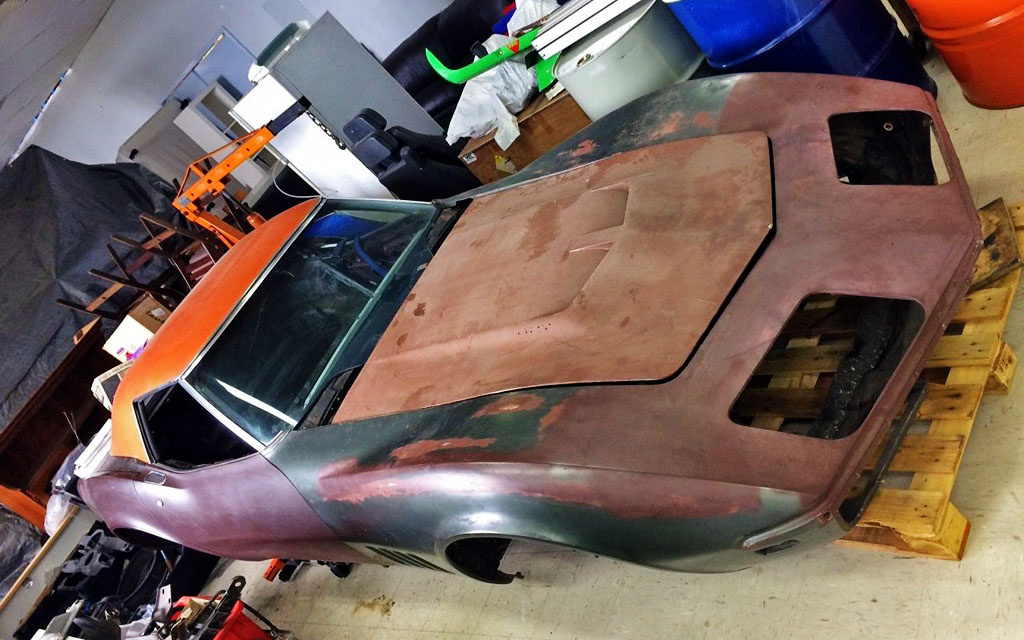
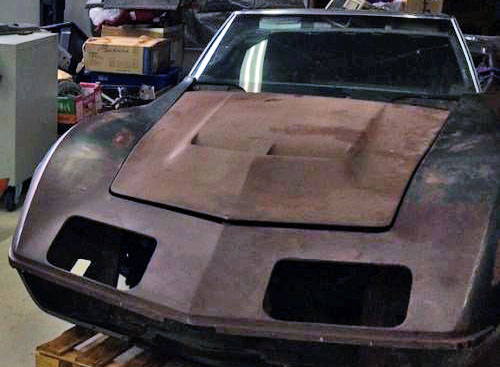

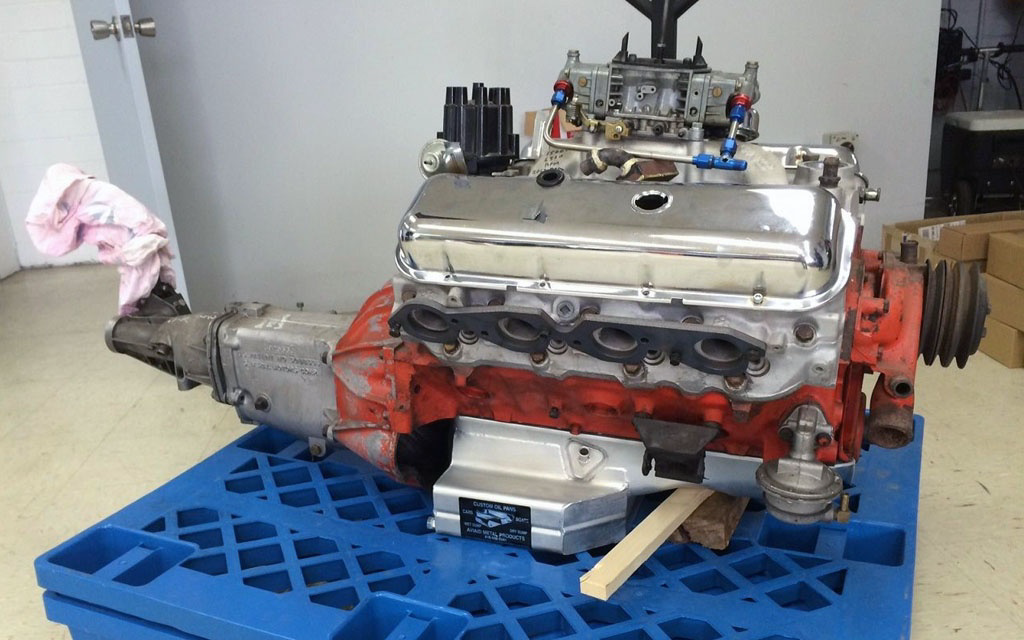
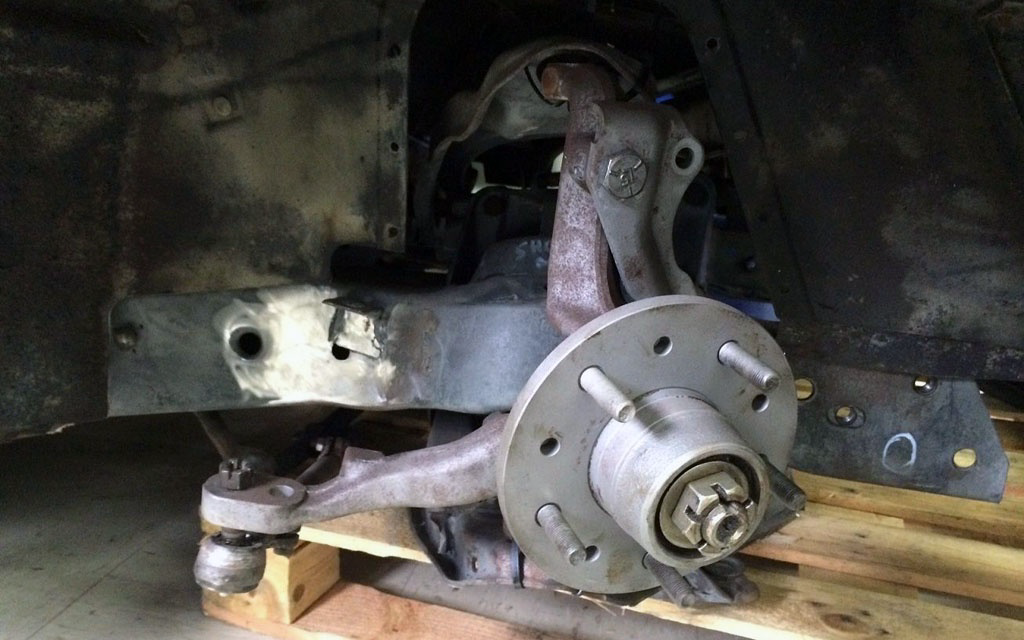
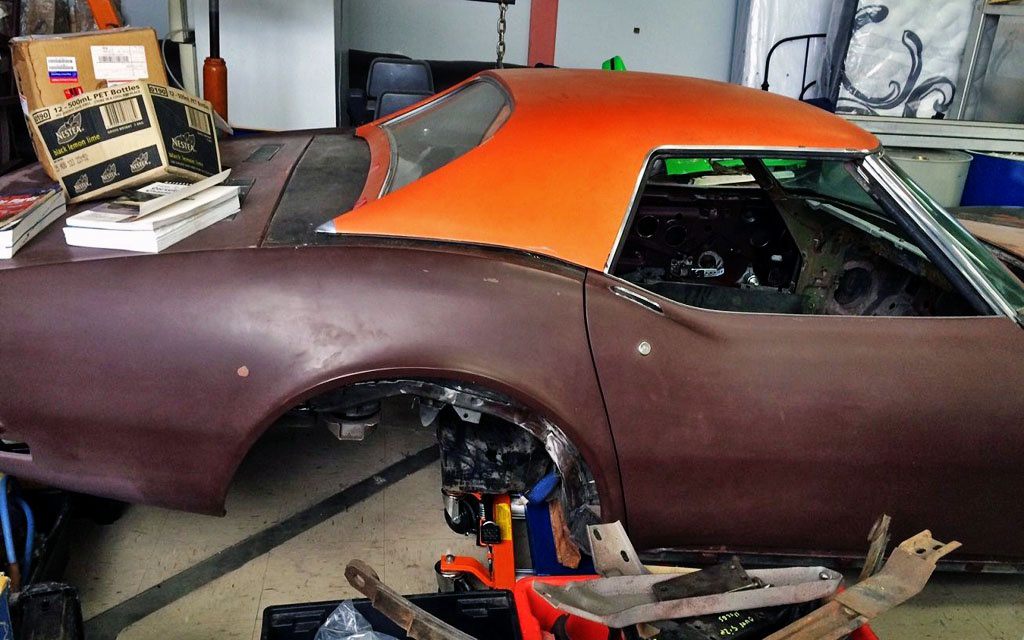

You mentioned the fact that there seems to be more L88 engines in existence than were actually built. We have the same problem with our GT and GTHO-spec Falcons, particularly the XY Phase 3. I see value in this car, but the L88 could have any modded C3 body wrapped around it and I imagine the value would be the same as it is with an L89 spec VIN body. I’d almost suggest a splitting-pairs blackjack strategy. Would love to know more about the one Porsche apparently took off the road.
What an amazing car! I wish it was in my garage, I would never sell it.
My first thought is why doesn’t the seller finish the resto and then sell it? Unless he doesn’t have the money, you’d think he could make more with a finished muscle car, especially one like that.
Hopefully it will stay here in Australia. That said, the market for these cars is much greater in the USA. And with the Aussie dollar down from a couple of years ago, its more attractive to an overseas buyer.
I worked part time in a Syracuse speed shop when the manager came in and asked if we wanted to see his new Camaro. Black on black, 4 speed, and as I was into foriegn cars, I wasn’t excited unti he started it. Sharpest sounding V8 I’d ever heard. ZL1 engine and it was set up for drag racing. Incredible engine. That Sunoco racing fuel would bring tears to your eyes. Often wonder what happened to that car but I doubt it made it’s way to AUS.
I love Corvettes, and stuff like these even more. Neat find, and I’m certain someone with pockets far deeper than mine will buy this and do a full resto.
To clear up a few things; the L-89 was not a race engine. It was the 427/435 with aluminum heads. Purely a street engine They were, however, very rare. Only 16 L-89’s were built for 1967 (same number as L-88’s for that year). There were more built in ’68 and ’69, but all total, a lot less than 1000 L-89’s were built for all three years they were offered. They were only offered as an option in Corvettes.
The ’69 ZL-1 was a different story as it was available in the Camaro if you knew how to go about getting one. Also very rare. Only 2 Corvettes were built with the ZL-1 and only 69 Camaros.
L-88 engines are not particularly rare engines. They were available over the counter in any Chevrolet dealership for many years to anyone who came in to buy one. L-88’s factory installed in cars (only Corvettes) are quite rare.
Factory aluminum big block heads are also not rare and in fact GM still offers several different castings in their 2014 GM Performance Parts Catalog including one listed as “L-88”. I have heard that aluminum heads were available as an option on the 375hp version of the 396 that was offered in Chevelles, Camaros and Novas, but I cannot say with certainty if that is true or how rare they might be.
GM didn’t start embedding engine options in VIN’s until ’71 or ’72 so unless the seller has a tank sticker or trim tag, there is no way to tell if it actually is a real L-89.
yes in 1969 or 1968, im old and my memory fades at time, there was a L89 option for the chevelle, it was a 396 ci 375hp with the alum heads, very similar if not the same as the L88, i know this for a fact because i knew the history on the car that was so equipped, i pulled the engine out and put it in my 63 vett at the time, it made the rounds where i lived for a few years, stolen from me, sold to a member of the big local car club, taken from him and then it gets vague.
This seller is going to have a hard time convincing a serious buyer that this is in fact an L89.
It does not have the original L89, but has a 396 from a Chevelle, so that can’t be used to prove anything.
Without the tank sticker, this is just another 69 convertible with a 396, a 427. and a boatload of parts for you to sort through.
I have a 1968 l89 corvette I drove into the shed in 1989 and it is still in the exact same spot. I also live in australia and when I bought it in 1986 it was advertised as a 350 4 speed . After a minor bingle on the front I had to wait for new bumber and grille from the us. I decided to repaint the car black as it was original lemans blue but I was sick of that colour at the time. While it was in the shop a corvette enthusiast had heard about it he contacted me and asked if he could check it out.i said sure and to cut a long story short he came back with a tank sticker? He told me I had a rare car I said how? Even though at the time corvettes were rare in australiahe continued to show me the details on the form showing l89 k66 f41 427/435 etc. I was stunned that my small block wasnt original . He checked the engine number saying I had a 69 350/350 in my 68 vette . In 2009 a wild bushfire burnt down my parents house where the tank sticker resided but the car was unscathed in an outshed. Without this sticker is there not a way to prove this an original l89? I bought this vette in 1986 for 24000 aus from a bloke who purchased it through an auction house in australia . He told me it came from singapore? Already converted to right hand drive and never registered in australia till I owned it .
Unfortunately, the tank sticker is really the only way to prove originality on Corvettes of this age. I owned a ’70 convertible 350/300, nothing remarkable, but I was lucky enough to find and extract the tank sticker in one piece. It proved to me that it came from the factory with the optional hardtop, a nice point when I went to sell it.
There are people out there that also claim that if you remove the tank sticker, you have now destroyed the one and only proof of originality of that car.
You might get lucky and prove originality another way, but it would be close to impossible, since you bought it so long ago. You could try to track down the person you bought it from and follow ownership back that way. I bought mine in ’85 and sold it in ’14. I tried contacting the previous owner in ’13 or so to get any information he might have, and had no luck. So, the trail can go dark quickly.
Also, I’m not familiar with the L89, there may be other telltale pieces in the engine bay (hoses, mounts, etc.) that might provide a clue. Check the Corvette Registrys too, they sometimes have car information that might surprise you.
Try this one: http://www.c3registry.com/index.php
This is the entry for the car I used to own, all of the information was taken from the tank sticker: http://www.c3registry.com/index.php?job=ShowCorvette&car_id=11806
Good luck!